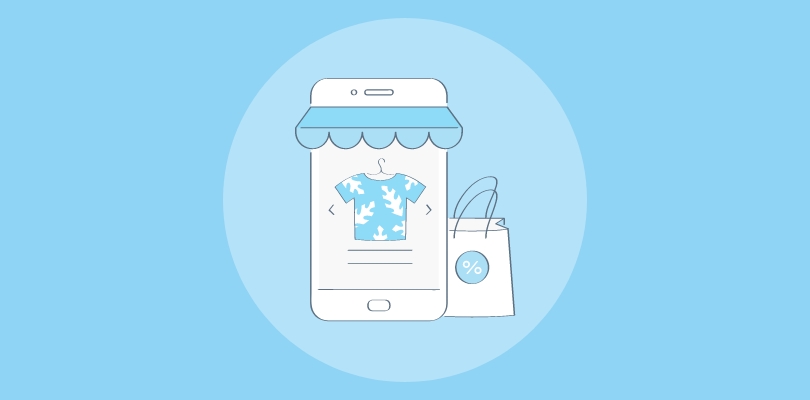
Want to know how to improve cross-selling and boost your revenue?
You’re in the right place.
Cross-selling can be a powerful way to increase your sales and customer loyalty, but it is not easy to do it right.
Many businesses face challenges such as finding the right products to cross-sell, creating relevant and personalized offers, and timing their cross-selling efforts appropriately.
These challenges can result in missed opportunities, wasted resources, and annoyed customers.
How can you overcome these obstacles and master the art of cross-selling?
In this blog, you will learn some proven cross-selling strategies to boost your performance, with examples from successful brands and best practices to follow.
Read on to discover how to delight your customers and grow your revenue with cross-selling.
How to Improve Cross-Selling – 8 Best Cross-Selling Tips & Techniques
There are many different cross-selling strategies that you can use, but the best ones will vary depending on your business and your customers.
So, in this section, we will discuss some tips for cross-selling.
1. Timing Your Popups Strategically
One of the most common cross-selling methods is to use popups that display relevant offers to your customers. However, not all popups are created equal.
The timing of your popups can make a huge difference in how your customers perceive and act upon them.
If you show a popup too early, you might interrupt the customer’s browsing or buying process and annoy them. If you show a popup too late, you might miss the opportunity to cross-sell when the customer is most interested and engaged.
The best time to show a cross-selling popup depends on your goal and customer behavior.
For example, if you want to cross-sell a product that enhances the customer’s primary purchase, you might want to show a popup after they add the main product to their cart or before they check out.
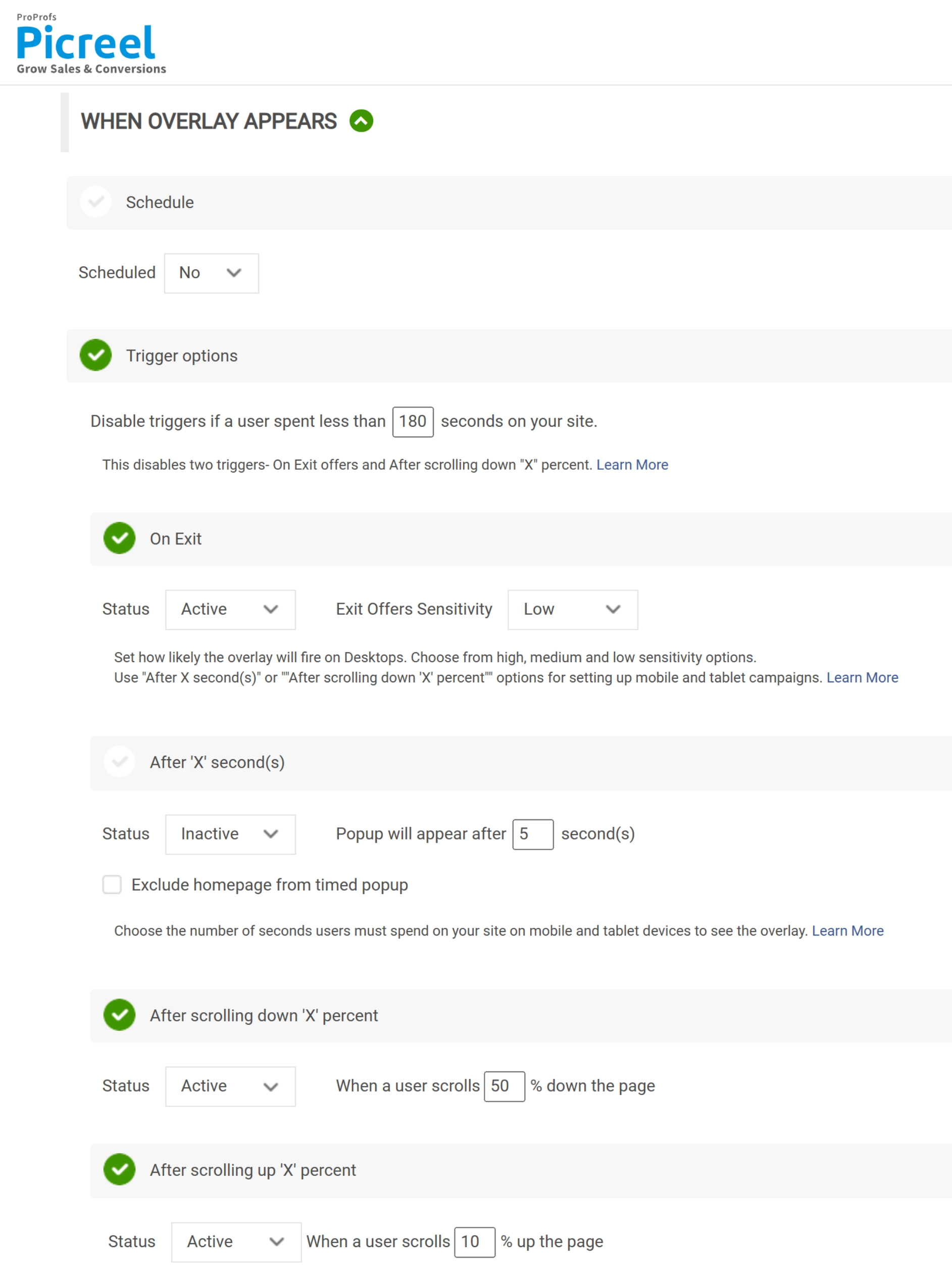
This way, you can capitalize on the customer’s intent and interest and show them how the additional product can add value to their purchase.
If you want to cross-sell a product unrelated to the customer’s main purchase but still relevant to their needs or preferences, you might want to show a popup after they complete their purchase or revisit your website.
This way, you can avoid distracting the customer from their primary goal and show them how the additional product can benefit them differently.
With this tool, you can create customized pop-ups that show up at the right moment, such as when a visitor is about to leave your site, when they scroll down a certain percentage of the page, when they click on a specific element, or when they match certain criteria based on their location, device, referral source, or other variables.
By using Picreel’s targeting and timing options, you can increase your conversion rate, reduce your bounce rate, and grow your email list.
2. Crafting Relevant Product Recommendations
Another key factor for successful cross-selling is to offer relevant product recommendations that match your customer’s needs and preferences.
Showing random or unrelated products might confuse or frustrate your customers and lower your conversion rate. If you show personalized and targeted products, you might delight your customers and increase your sales.
For instance, Warby Parker is an online eyewear retailer that offers a product recommendation quiz to help customers find the best frames for their face shape, style, and prescription. The quiz asks questions and then shows a personalized selection of glasses that match the customer’s preferences. The quiz also encourages customers to try on the frames at home for free.
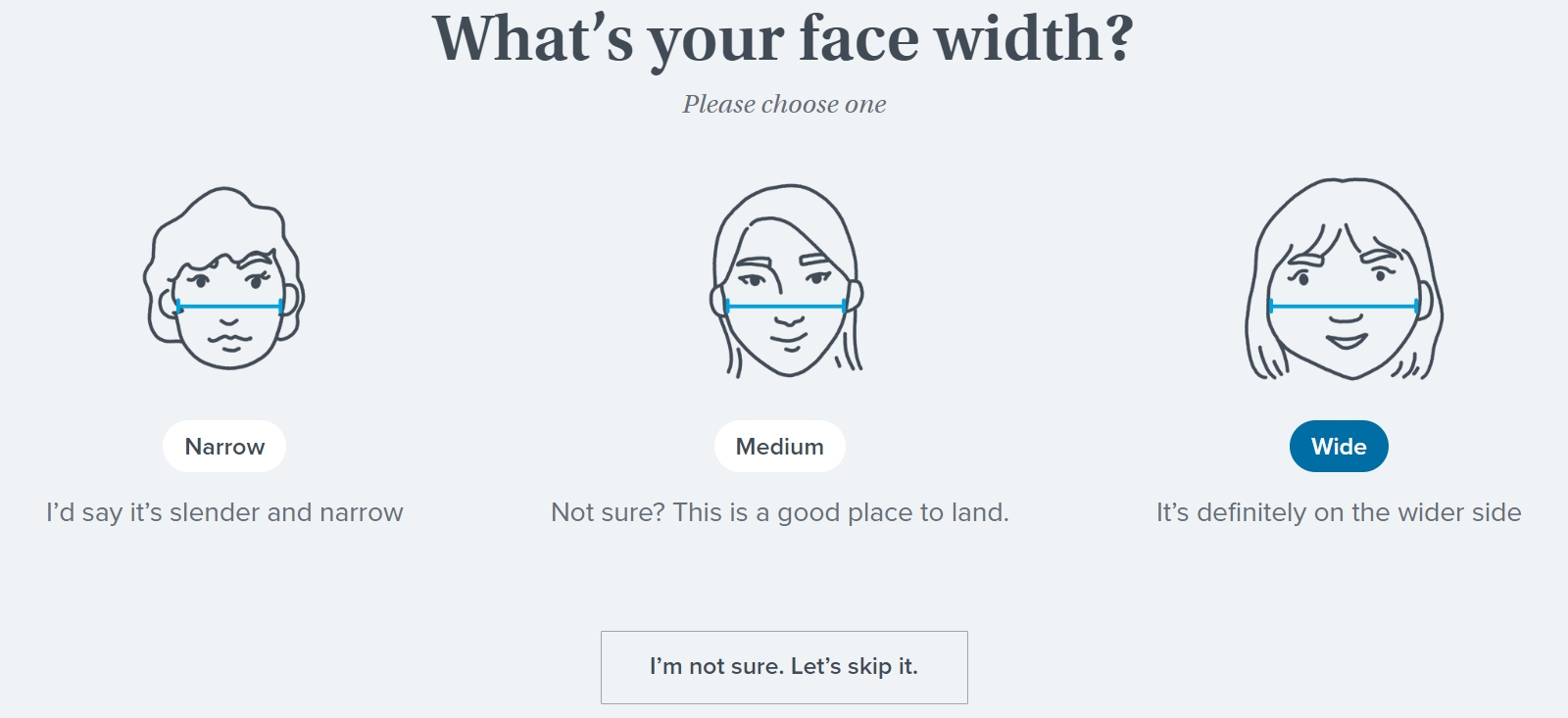
One of the most common cross-selling methods to craft relevant product recommendations is to use data and insights from your customer’s behavior, such as browsing history, purchase history, search queries, and preferences. You can also use data and insights from other customers, such as their ratings, reviews, and purchase patterns.
Using data and insights, you can create product recommendations tailored to your customer’s specific situation and goals.
Also Read: Product Recommendations: Top 15 Examples and Tactics
3. Encouraging Cross-Selling with Incentives
Sometimes, offering relevant product recommendations is not enough to persuade your customer to cross-buy.
You might need to add some incentives to sweeten the deal and motivate your customers to take action.
This is another cross-selling technique you can try!
In fact, according to a study by McKinsey, incentives can increase cross-selling success by 20% to 30%, depending on the type and size of the incentive.
Incentives, such as discounts, free shipping, free trials, loyalty points, or gifts, can add value or reduce friction for your customer.
The best way to use incentives for cross-selling is to make them clear and attractive but not too generous or desperate. You want to create a sense of urgency and exclusivity but not devalue your products or brand.
You also want to ensure that your incentives align with your products and goals and that they do not cannibalize your profits or margins.
4. Mastering A/B Testing for Popup Optimization
The next cross-selling strategy is to test and optimize your popups and offers. You might have an excellent idea for a cross-selling popup, but you won’t know how effective it is until you test it with real customers.
A/B testing compares two versions of a popup or offer to see which one performs better.
By testing different elements of your popups, such as the headline, copy, design, timing, and placement, you can find out what works best for your customers and your business.
According to a case study by VWO, a leading A/B testing platform, an online travel agency increased its cross-selling revenue by 33.1% by testing different page versions. The winning variation included a prominent banner that offered car rental services at a discounted price.
—————————————————————————————————————————————————
Here’s How Picreel Can Help:
Picreel’s A/B testing feature is a great way to optimize your popups and find out what works best for your website and audience. A/B testing allows you to create and compare different versions of your popups, such as changing the design, the copy, the offer, or the trigger. You can then measure and analyze the performance of each version based on the metrics that matter to you, such as impressions, conversions, or revenue.
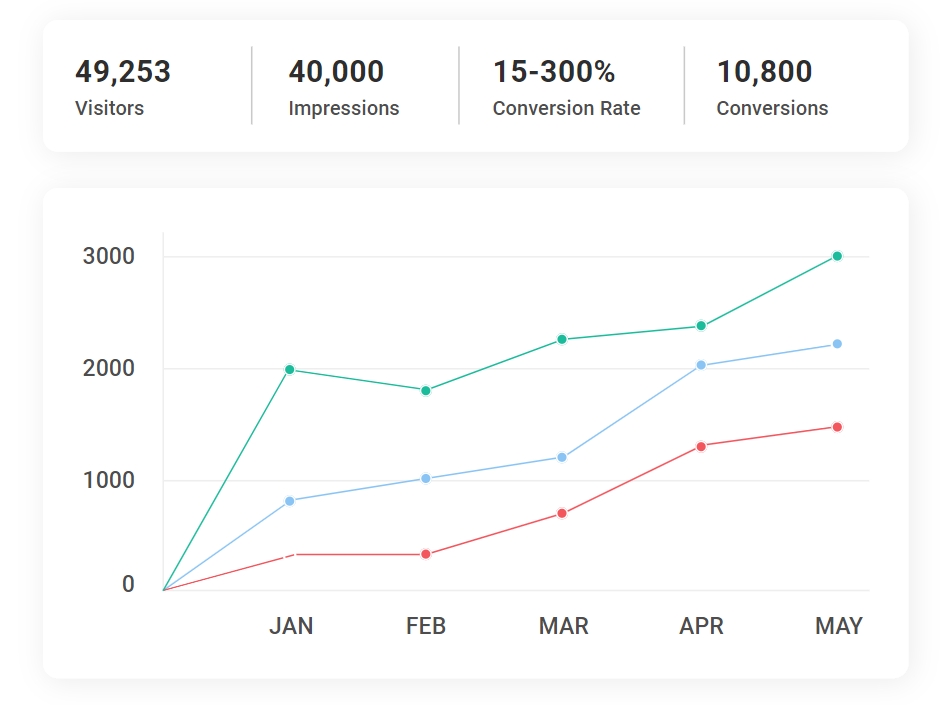
Picreel’s A/B testing feature is easy to use and flexible. Create as many variations as you want, set the traffic distribution for each variation, and run the test for as long as you need. You can also view the results in real time and make data-driven decisions to improve your popup strategy.
—————————————————————————————————————————————————
The best way to conduct A/B testing for cross-selling is to follow a systematic and data-driven process.
You should start with a clear hypothesis and goal, such as “Adding a countdown timer to the cross-selling popup will increase the conversion rate by 10%”.
Try to create two versions of the popup, one with the timer and one without, and split your traffic evenly between them.
Measure and analyze the results and see if there is a significant difference between the two versions. You should implement the winning version and test another element if there is one.
If there is not, you can try a different hypothesis and goal.
Also Read: 9 Simple A/B Tests You Should Perform for Higher Conversions
5. Designing Non-Intrusive Popups
One of the biggest challenges for cross-selling is to avoid annoying or alienating your customers with your popups and offers.
Wondering what could be the best cross-selling strategy?
Popups can be very effective for cross-selling, but they can also be very intrusive and disruptive for your customers, especially if they are not relevant, timely, or valuable.
If you show too many popups or popups that are too large, flashy, or hard to close, you might irritate your customers and make them leave your website or unsubscribe from your emails.
Lush is a cosmetics brand that sells natural and handmade products. They have a product recommendation popup that appears when a customer adds an item to their cart. The pop-up suggests complementary products that go well with the item, such as a matching conditioner for a shampoo or a moisturizer for a cleanser.
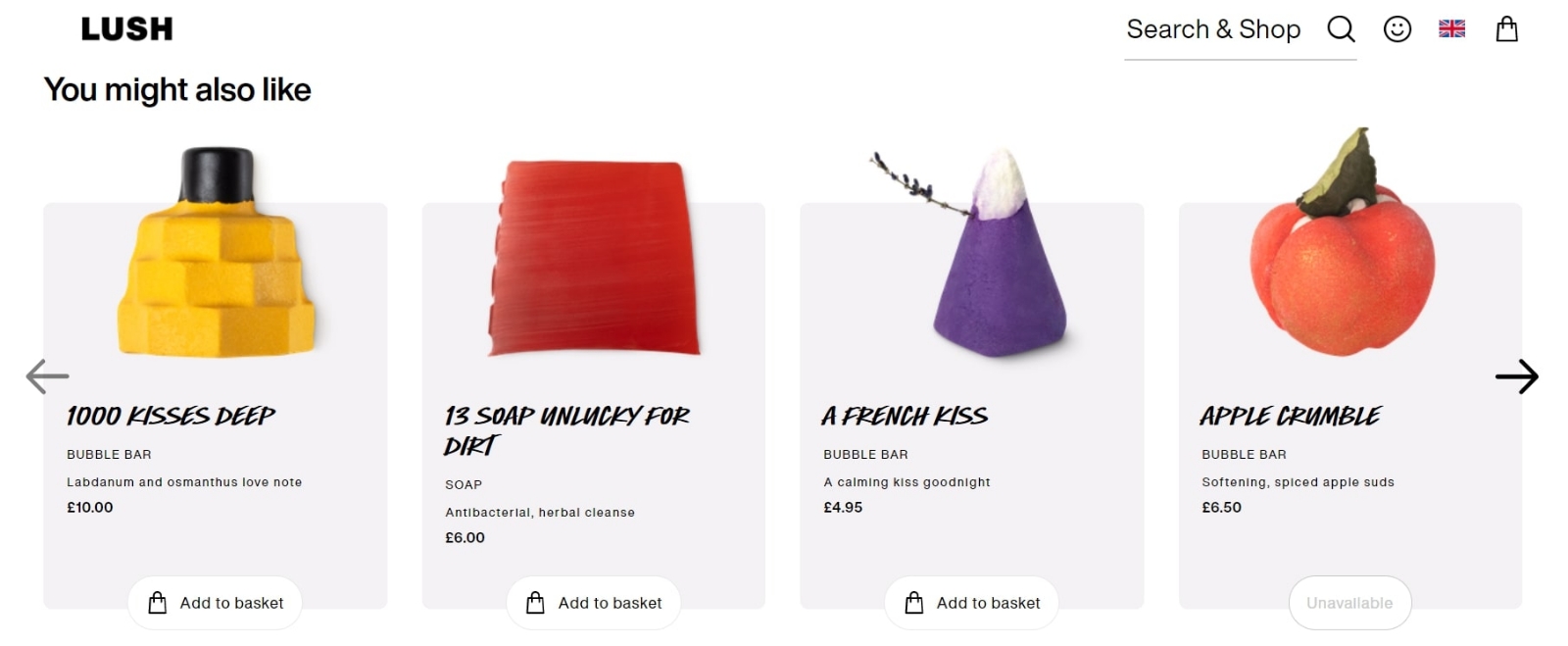
Image source: Grit
The popup also shows the benefits and ratings of the recommended products, as well as the option to add them to the cart with one click. This popup strategy resulted in a 9.6% increase in revenue per visitor, a 16.85% increase in conversion rate, and a 19.44% increase in average order value.
So, as you can see, popups can be a double-edged sword for cross-selling. The best cross-selling tactic to design non-intrusive popups is to follow some basic principles and best practices. You should make your popups:
- Easy to read and understand with clear and concise copy and design
- Easy to close, with a visible and accessible exit button
- Respectful and polite, with a friendly and helpful tone and language
- Comply with the relevant laws and regulations, such as the GDPR and the CCPA, and respect your customer’s privacy and consent.
6. Tailoring Cross-Selling for Diverse Audiences
Tailor your popups and offers for diverse audiences. Your customers are not a homogeneous group but a diverse and dynamic one with different backgrounds, preferences, needs, and goals.
If you treat them all the same, you might miss out on opportunities to cross-sell more effectively and efficiently. Segmenting and personalizing your popups and offers might increase your relevance and appeal and boost your conversions and sales.
The best way to tailor cross-selling for diverse audiences is to use data and insights to segment your customers into different groups based on criteria such as their demographics, behavior, location, device, or stage in the customer journey.
Create different popups and offers for each segment and show them to the right customers at the right time. You can also use dynamic content and personalization to customize your popups and offers for each customer and make them feel more special and valued.
7. Creating Urgency with Limited-Time Offers
Another effective cross-selling technique is creating urgency with limited-time offers. Urgency is a psychological trigger that motivates customers to act quickly and avoid missing out on valuable opportunities.
Creating urgency can increase your customer’s interest and engagement and overcome their hesitation and procrastination. Limited-time offers are among the most common ways to create urgency, as they imply scarcity and exclusivity and encourage customers to act now or regret later.
The best way to create urgency with limited-time offers is to make them clear and compelling but not too aggressive or unrealistic. You should state the deadline and the benefit of the offer and use words and phrases that convey urgency, such as “now,” “today,” “hurry,” or “last chance.”
Use visual cues like countdown timers, progress bars, or color contrasts to highlight the urgency and attract attention.
For instance, you can use Picreel to add countdown timers to your campaigns and boost conversions. Countdown timers help you persuade your subscribers to act fast and not miss out on your limited-time offers or upcoming events.
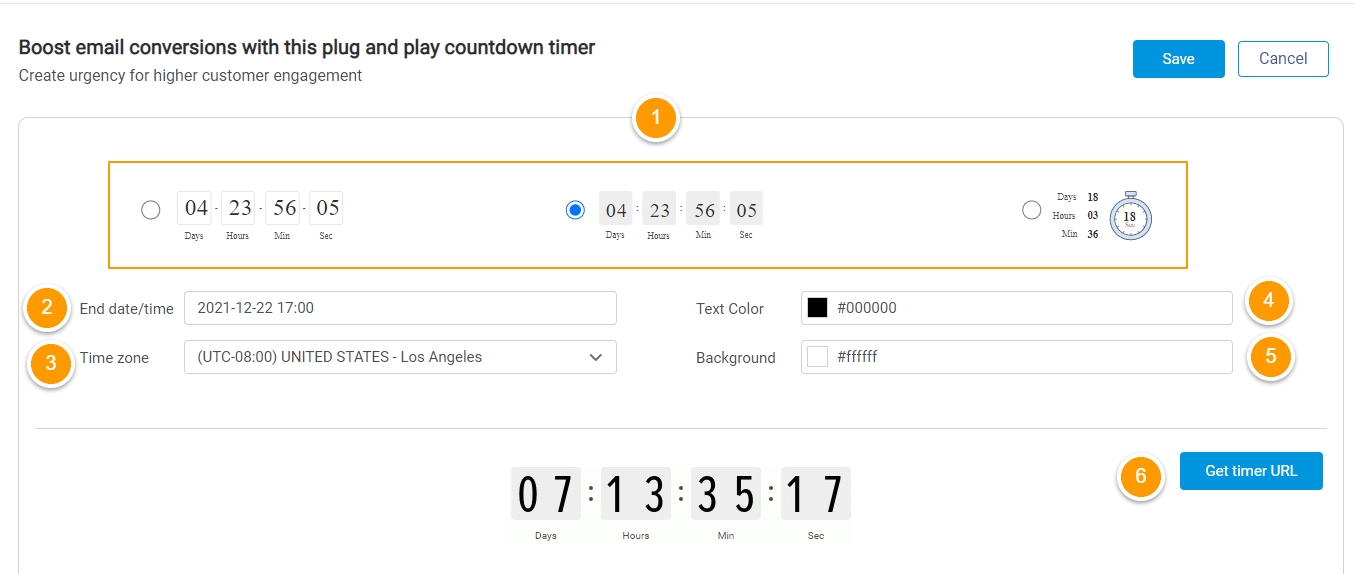
Ensure that your limited-time offers are genuine and consistent and that you do not extend or repeat them too often, as this might undermine your credibility and trust.
8. Leveraging Social Proof and Reviews
Another effective cross-selling technique is to leverage social proof and reviews. This means you should showcase the positive feedback and ratings from other customers who have bought your products or services and use them to persuade potential buyers to trust and purchase your brand.
For example, you can display customer testimonials, reviews, ratings, social media posts, popups, or emails on your product pages. The social proof and reviews you leverage can boost your credibility and reputation, as well as your conversion rate and customer loyalty.
According to a report by Spiegel Research Center, displaying reviews can increase conversion rates by 270%, and products with more than five reviews have a 4% higher conversion rate than those with none.
Ready to Boost Revenue With the Right Cross-Selling Strategy?
So, there you have it—the answer to how to improve cross-selling.
As you can see, cross-selling is a great way to increase your revenue and customer satisfaction by offering them additional products or services that are relevant to their main purchase.
However, cross-selling is not just about pushing more items to your customers. It is about understanding their needs, preferences, and behavior and providing personalized recommendations that add value to their experience.
To do this, you need to have clear cross-selling techniques discussed in this post.
Following the tips in this article, you can create a cross-selling strategy to boost your revenue and delight your customers.
Learn More About Cross-Selling
What is cross-selling?
Cross-selling is a sales technique where businesses encourage customers to purchase additional products or services related to their initial purchase. By suggesting complementary items or upgrades, businesses aim to increase the overall transaction value, enhance customer satisfaction, and build long-term loyalty.
Why is cross-selling important for business?
Cross-selling is vital for businesses as it boosts revenue by promoting additional products or services to existing customers. This strategy not only increases the average transaction value but also strengthens customer relationships, fosters loyalty, and maximizes the lifetime value of each client. It optimizes sales opportunities and contributes to sustained profitability.
How does effective cross-selling benefit both customers and businesses?
Effective cross-selling benefits customers by providing tailored product suggestions that enhance their overall experience and meet their needs. For businesses, it increases revenue, maximizes customer lifetime value, and fosters loyalty. Both parties gain value as customers discover relevant offerings while businesses optimize sales opportunities and build stronger, more sustainable relationships.
What are the best practices for cross-selling?
Best practices for cross-selling include understanding customer needs, recommending relevant products, and personalizing suggestions based on past behavior. Timing is crucial; propose additional items when customers are most engaged. Communicate the value of the suggested products and ensure transparency. Implement data analytics to refine cross-selling strategies and continually adapt based on customer feedback. Prioritize customer experience to build trust, enhancing the likelihood of successful cross-selling.
FREE. All Features. FOREVER!
Try our Forever FREE account with all premium features!





